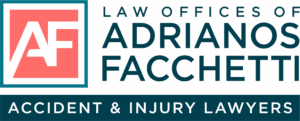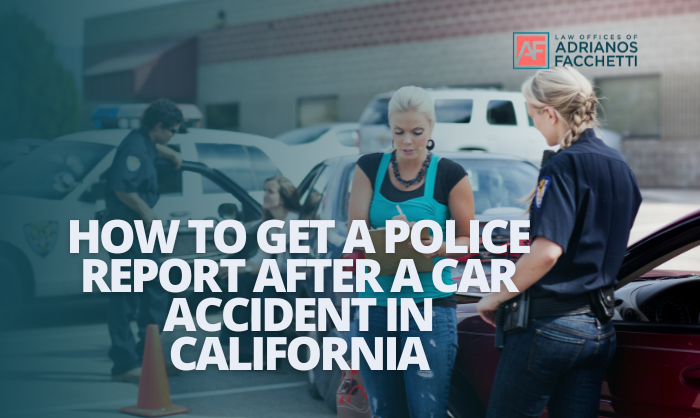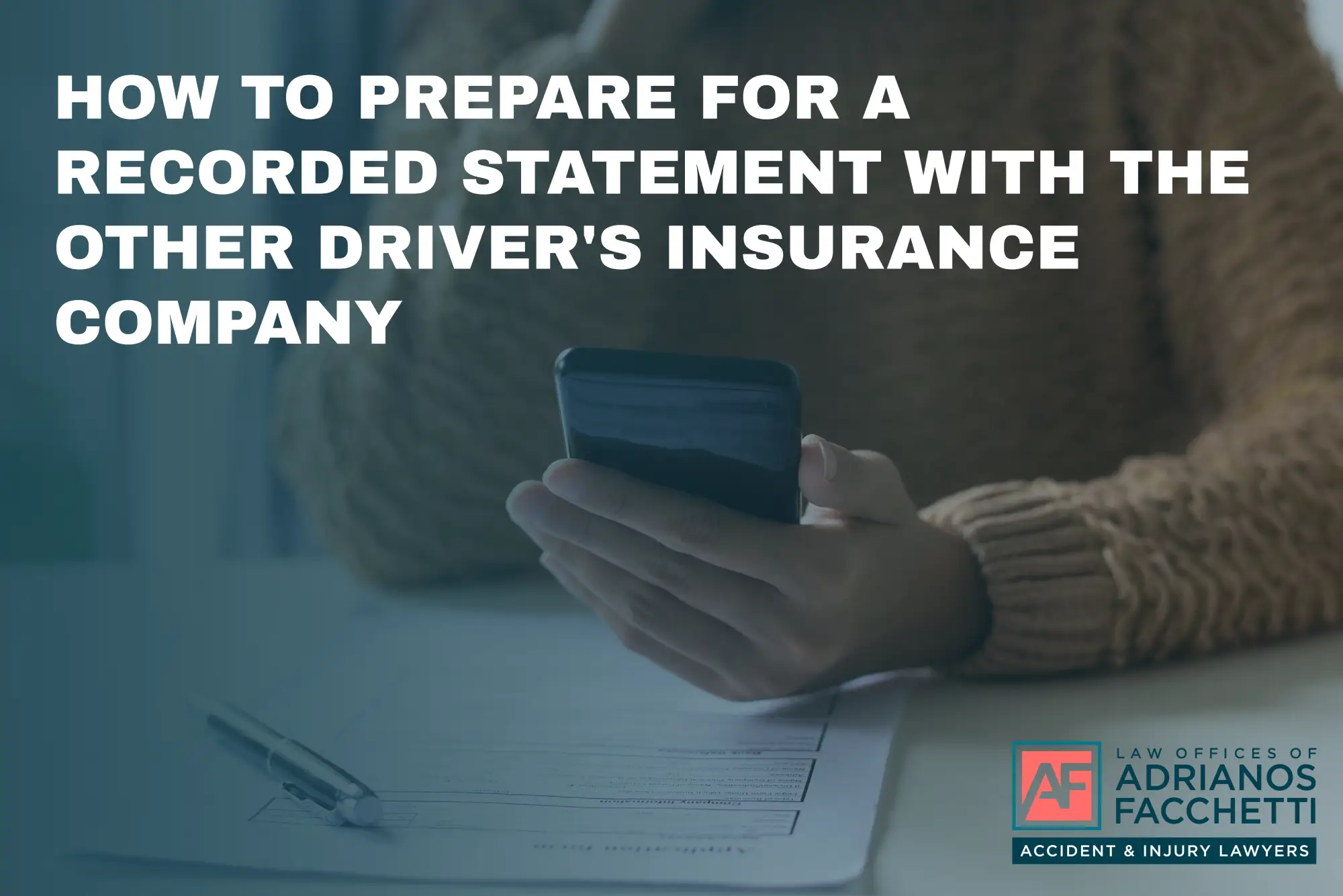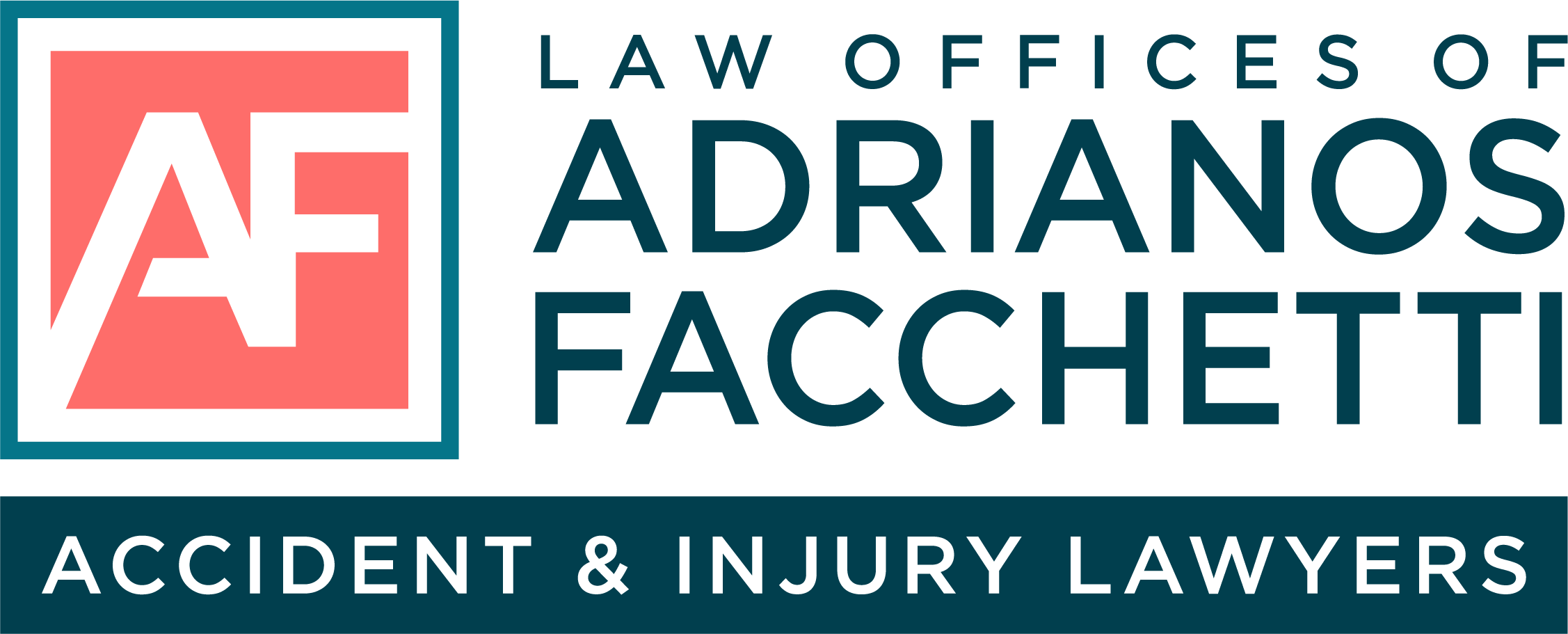Ever dreamed of cruising down the California coast on a motorcycle, but you're not sure if you’re old enough to ride legally? Or maybe you're a parent wondering when your teen can start learning. So, how old do you have to be to ride a motorcycle in California? The answer depends on a few key rules.
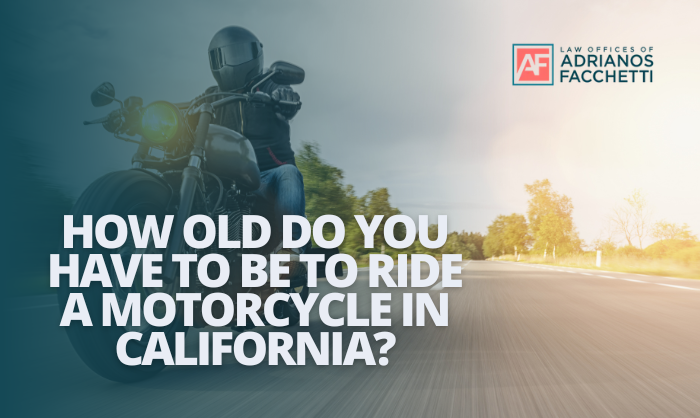
In California, you can start riding at 15 ½ with a permit and get your full M1 license at 16 but there are a few hoops to jump through first. If you’re under 21, you’ll also need to complete a motorcycle safety course. Knowing these laws isn’t just about following the rules it’s about keeping yourself safe on the road.
Whether you're figuring out the first steps to getting your license or looking for a Los Angeles personal injury lawyer after a motorcycle accident, understanding California’s motorcycle laws is essential. Let’s break it all down, so you know exactly when and how you can start riding legally.
How Old Do You Have to Be to Ride a Motorcycle in California?
If you’re itching to ride a motorcycle in California, you’ll need to meet the state’s minimum age requirements. If you’re 15½, you can apply for a motorcycle instruction permit, but there are strict rules you can’t ride on freeways, carry passengers, or ride at night. At 16, you can upgrade to a full M1 license, but if you’re under 21, you must complete a motorcycle safety course first.
Think of it like learning to drive a car you start with a learner’s permit to practice before getting a full license. These rules aren’t just legal requirements; they exist to protect new riders from common motorcycle crashes and ensure they have the right skills before hitting public roads.
How to Get a Motorcycle License in California
Getting your California motorcycle license isn’t complicated, but it does require a few steps. Whether you’re a teenager getting your first permit or an adult rider applying for an M1 license, knowing the process in advance can save you time and frustration.
Motorcycle Learner’s Permit: Requirements for Minors (15½ - 17)
If you’re under 18, getting a motorcycle permit in CA takes more than just filling out paperwork. You’ll need to complete driver education and behind-the-wheel training, just like getting a regular driver’s license.
Once you have your motorcycle learner’s permit, there are restrictions no riding at night, no freeway riding, and no passengers on motorcycles. These rules are in place because young riders are more likely to be involved in motorcycle crashes. California wants to ensure you build enough riding experience before taking on more challenging situations.
Steps for Adults (18+) to Get an M1 License
If you’re 18 or older, the process is simpler. You’ll need to visit the DMV, fill out an application, provide proof of completion of any required courses, and pass a motorcycle knowledge test. If you’re over 21, you can take the DMV skills test instead of completing a motorcycle safety course but most riders find the safety course to be a much better option. Not only does it prepare you for real-world riding, but it also waives the skills test requirement at the DMV.
Many adult drivers think riding a motorcycle is just like driving a car, but it’s completely different. Without the right safety measures, a small mistake can lead to severe injuries. That’s why California strongly recommends proper training, even for experienced drivers.
California Motorcyclist Safety Program (CMSP) Training
If you’re under 21, this training isn’t just a recommendation it’s a requirement for getting a motorcycle license in California. The CMSP course teaches motorcycle operators everything from basic riding skills to advanced defensive techniques.
Imagine a new rider on a busy Los Angeles freeway without proper training, they might panic when a car suddenly changes lanes in front of them. The CMSP course prepares riders for these real-life situations, reducing the risk of fatal injuries.
Even if you’re over 21, this training is a smart move. Many riders take it not only for the knowledge but because it replaces the DMV skills test, making the licensing process smoother. Plus, completing it could lower your motorcycle insurance rates.
California Motorcycle Passenger Age Limit
Riding with a passenger on a motorcycle isn’t just about having an extra seat it’s about making sure they’re safe. In California, there’s no strict minimum age requirement for passengers, but there are some key rules to follow.
The biggest one? Passengers must be able to reach the footrests. This means young kids who are too small to plant their feet securely shouldn’t be on a motorcycle. It’s not just about comfort it’s about balance and control. If a child can’t sit properly or hold on tight, they’re at a much higher risk of falling off, especially during sudden stops or turns.
Helmets aren’t optional either. Both riders and passengers are legally required to wear a DOT-approved helmet. Even if you’re just going for a short ride around the neighborhood, a helmet can mean the difference between a minor injury and something much worse.
So, let’s say you want to take your kid for their first ride. Before you do, ask yourself: Can they sit comfortably, reach the footrests, and hold on securely? If not, they’re not ready to ride. Safety should always come before excitement.
California Motorcycle Safety & Helmet Laws
California doesn’t play around when it comes to motorcycle safety. If you’re riding on public roads, you must wear a helmet no exceptions. And not just any helmet it has to be DOT-approved, meaning it meets strict safety standards.
Why does this matter? Because helmets save lives. Studies show that wearing a proper motorcycle helmet reduces the risk of a fatal head injury by almost 40%. It’s the easiest and most effective way to protect yourself on the road.
Beyond helmets, wearing protective gear like gloves, boots, and a sturdy jacket is always a good idea. Sure, there’s no law saying you have to wear a jacket, but if you ever take a fall, you’ll be glad you had that extra layer between you and the pavement.
Imagine you’re riding through the city, and suddenly, a car doesn’t see you and cuts you off. Even at low speeds, a fall without safety gear can leave you with painful road rash or worse. The right gear can be the difference between walking away and needing serious medical attention.
If you ever get into an accident, understanding your rights is just as important as wearing the right gear. Talking to a motorcycle accident lawyer can help you figure out your next steps, especially if another driver was at fault.
Common Violations & Consequences
California has strict motorcycle laws, and breaking them can come with some serious consequences. One of the biggest mistakes new riders make? Hitting the road without a valid motorcycle license.
If you’re pulled over without an M1 license, you could get fined, and in some cases, your bike might even get impounded. Some riders assume their regular driver’s license is enough, but that’s not the case. You need the proper endorsement to ride legally.
Another common mistake is ignoring permit restrictions. If you have a motorcycle permit in CA, there are a few things you cannot do like riding on the freeway, carrying passengers, or riding at night. These rules aren’t just there to make your life harder; they exist to help new riders build confidence and skill before taking on more challenging situations.
Picture this: You just got your motorcycle permit, and your friend asks for a ride to the store. You figure it’s no big deal, but then you get pulled over. Now, you’re facing a fine, and your path to getting a full motorcycle endorsement just got delayed.
Breaking the rules isn’t worth it. If you ever find yourself dealing with a ticket or legal trouble from a motorcycle violation, an experienced motorcycle accident attorney can help you sort things out and protect your rights.
California Motorcycle FAQs
Can you ride a motorcycle in California without an M1 license?
No, you can’t legally ride a motorcycle in California without an M1 license or a motorcycle permit. A regular driver’s license isn’t enough. If you get pulled over without one, you could end up with fines, points on your record, and possibly even losing your bike.
Think of it this way: You wouldn’t drive a car without a license, right? The same rules apply to motorcycles. The licensing process isn’t just paperwork it makes sure you know how to handle a bike safely. Skipping it isn’t just a legal risk; it could put you in real danger on the road.
Is CMSP training required for adults?
If you’re under 21, then yes, you’re required to complete the California Motorcyclist Safety Program (CMSP) before you can get your M1 license. If you’re 21 or older, you can either take the course or pass the DMV’s skills test.
Some riders think they can just pass the test and hit the road, but real-world riding is different. The CMSP course gives you hands-on experience, teaching you things like how to handle tight turns, stop suddenly without skidding, and react to unpredictable drivers. A lot of riders beginners and experienced ones say it made them better, safer riders. Plus, if you take the course, you can skip the DMV skills test.
What happens if you get caught riding without a license?
Getting pulled over without a motorcycle license isn’t just a slap on the wrist it can lead to hefty fines, a suspended license, and possibly having your motorcycle impounded. And if you get into an accident, your insurance might not cover anything because you weren’t riding legally. That could mean paying out of pocket for medical bills, repairs, and legal fees.
At the end of the day, riding without a license isn’t worth the risk. The process to get one might take a little time, but it’s there to protect you not just from legal trouble, but from serious accidents.
Get in Touch With a California Motorcycle Accident Lawyer
Riding a motorcycle is one of the best ways to experience freedom on the road, but it also comes with responsibility. Knowing when you’re legally allowed to ride, how to get your M1 license, and what safety laws to follow keeps you protected and ensures you don’t run into unexpected legal trouble.
That being said, even the safest riders can still end up in an accident. If you’ve been in a motorcycle crash, you already know how stressful it can be dealing with insurance companies, medical bills, and lost wages is the last thing you want to handle alone. A Los Angeles motorcycle accident lawyer can help you navigate the legal process, fight for the compensation you deserve, and take some of the weight off your shoulders.
If you need legal guidance after an accident or have questions about motorcycle laws, contact us today. Whether you’re just getting started or dealing with the aftermath of a crash, knowing your rights makes all the difference. Ride safe out there.
